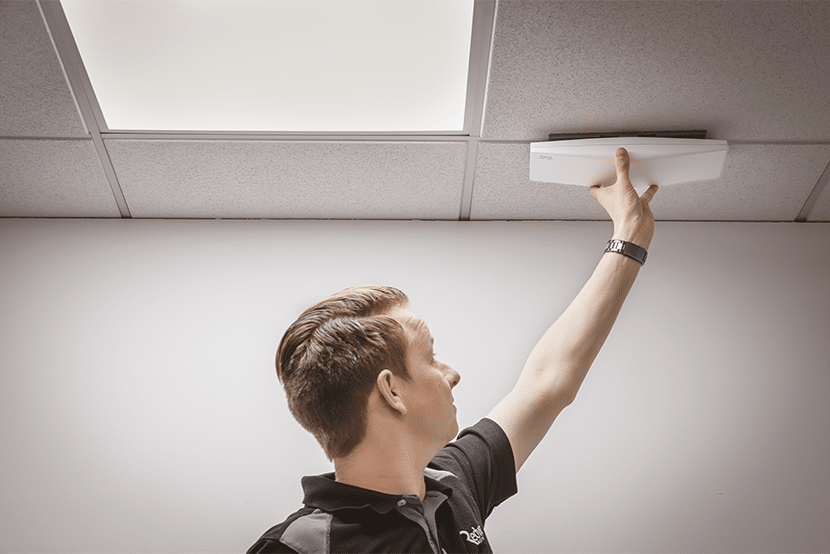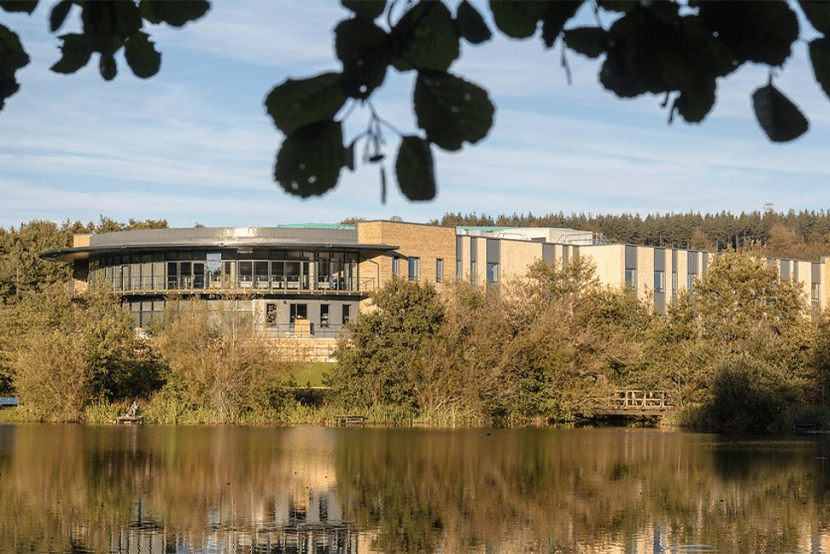Tips For Wireless Planning
When it comes to wireless networks, hands down, the most common cause of premature poor performance, inability to meet requirement, or obsolescence is poor Wi-Fi planning during the design stage.
In recent years, the demand for networks that can support increasing devices, platforms and applications has grown exponentially, placing even more pressure on the underlying foundations of your IT architecture; those with poor designs are becoming more and more evident as the pressure on networks grows.
Planning a next-generation Wi-Fi network requires careful consideration of various factors to ensure optimal performance and scalability, and getting this stage wrong is both a costly and highly frustrating mistake to make. The cost of a disappointing digital experience for end users is not to be underestimated in today’s world, in addition to the elevated costs of managing a cumbersome network with frequent problems.
As experts in the field, we’re going to share our tips for Wi-Fi planning and design to help your organisation safeguard against a network that becomes legacy ahead of its time.
So, how do I plan a Wi-Fi network?
Planning a new wireless network can feel like a daunting process, but below we’ve listed some key questions to ask yourself to get off to the best start.
– What are my current needs and future requirements?
Before embarking on planning a next-generation Wi-Fi network, it is crucial to assess the current needs of users and anticipate future requirements. This assessment involves evaluating the number of devices, the types of applications, and the desired coverage area. Understanding these factors will help determine the capacity and scalability needed for the network.
– How to choose the right Wi-Fi standard?
The next step is to choose the appropriate WiFi standards that align with the network requirements. The latest WiFi standards, such as IEEE 802.11ax (Wi-Fi 6) and the upcoming 802.11be (Wi-Fi 7), offer significant improvements in speed, capacity, and reliability. Evaluating the benefits of each standard in terms of throughput, latency, and support for multiple devices is crucial for future-proofing the network.
– How do I design for capacity and coverage?
Designing a next-generation WiFi network involves optimizing both capacity and coverage. It is essential to consider factors such as building layout, physical obstructions, and user density. Conducting a site survey and using network planning tools can help identify potential coverage gaps, interference sources, and optimal access point placement. Additionally, deploying a mesh network or using beamforming technology can enhance coverage and improve capacity in high-density areas.
– What about network segmentation and security?
As WiFi networks grow in complexity and size, network segmentation becomes crucial. Dividing the network into multiple virtual LANs (VLANs) or subnets allows for better security, improved traffic management, and increased network efficiency. Each segment can have different access controls, quality of service (QoS) policies, and security measures to protect sensitive data.
– How will I implement quality of service (QoS)?
Quality of Service is vital in ensuring that critical applications receive priority and adequate bandwidth. By implementing QoS policies, network administrators can prioritize specific applications, such as voice or video conferencing, over less time-sensitive traffic. This improves user experience, reduces latency, and ensures efficient utilization of network resources.
– What about network monitoring and management?
To maintain optimal performance, a next-generation WiFi network requires robust monitoring and management capabilities. Network administrators should invest in network management systems that provide real-time monitoring, traffic analysis, and troubleshooting tools. These tools enable proactive identification of network issues, capacity planning, and performance optimization.
– How do I future-proof a wireless network?
Planning for the future is essential when designing a next-generation WiFi network. Considering emerging technologies, such as the Internet of Things (IoT), augmented reality (AR), and virtual reality (VR), is crucial. These technologies will place additional demands on the network, requiring higher bandwidth and lower latency. By ensuring scalability and flexibility in the network design, future upgrades can be seamlessly incorporated.
Other considerations…
– Think about a professional Wi-Fi survey
A sure-fire way to make sure you kick off the process of designing a new wireless network to a great start is a Wi-Fi survey done by specialists in the field. This should give you a full report, detailing where and why your current network has failed to give your organisation the performance it needs, covering layout, interference, AP mounting locations and expected capacity requirements.
The cost of a Wi-Fi survey varies, and any provider worth their weight will always offer a bespoke service that delves into your exact requirements and uses accurate, industry leading survey tools, such as Ekahau. Cheaper survey tools don’t offer the accuracy needed when planning to invest in a future-ready network, don’t examine packet loss, and often they only detect Wi-Fi interference, not non-Wi-Fi interference coming from electronics, metals or radar events (as common examples!). We’ve seen so many instances of this causing poorly performing wireless networks, from schools to warehouses.
– Is Wi-Fi 6 a must?
No, Wi-Fi 6 is not a MUST. That said… the latest standard brings unparalleled performance when it comes to speed, capacity and dealing with high-density environments. As more devices and applications demand higher bandwidth and lower latency, the latest standards will step into their own, outweighing the cost-savings of older ones. Devices are also increasingly equipped with Wi-Fi 6 capabilities, so adopting the standard now can ensure future compatibility.
– Don’t forget the wire!
Your new Access Points will connect back to a wired network, so it’s always beneficial to consider both elements in tandem to get the best possible end-performance. Will the switches and cabling support the throughput required for the demands of your new Wi-Fi network? Will the new Wi-Fi network introduce new bottlenecks on your wired network? These are questions that need to be considered in the context of your end-result performance.
So, what’s the crux of it?
In conclusion, planning a next-generation Wi-Fi network involves careful assessment, strategic decision-making, and future-proofing. By understanding the current needs and future requirements, selecting appropriate standards, optimising capacity and coverage, implementing network segmentation and security, prioritising QoS, and investing in network monitoring and management, organisations can build a Wi-Fi network that delivers high-speed, reliable, and scalable connectivity – that brings the greatest possible ROI.
Taking the time to plan your wireless network carefully is an investment in the future productivity of your business, and cutting corners now will cost you significantly later on. We offer a range of wireless site surveys to assist with the planning and design of your wireless network, just take a look.


